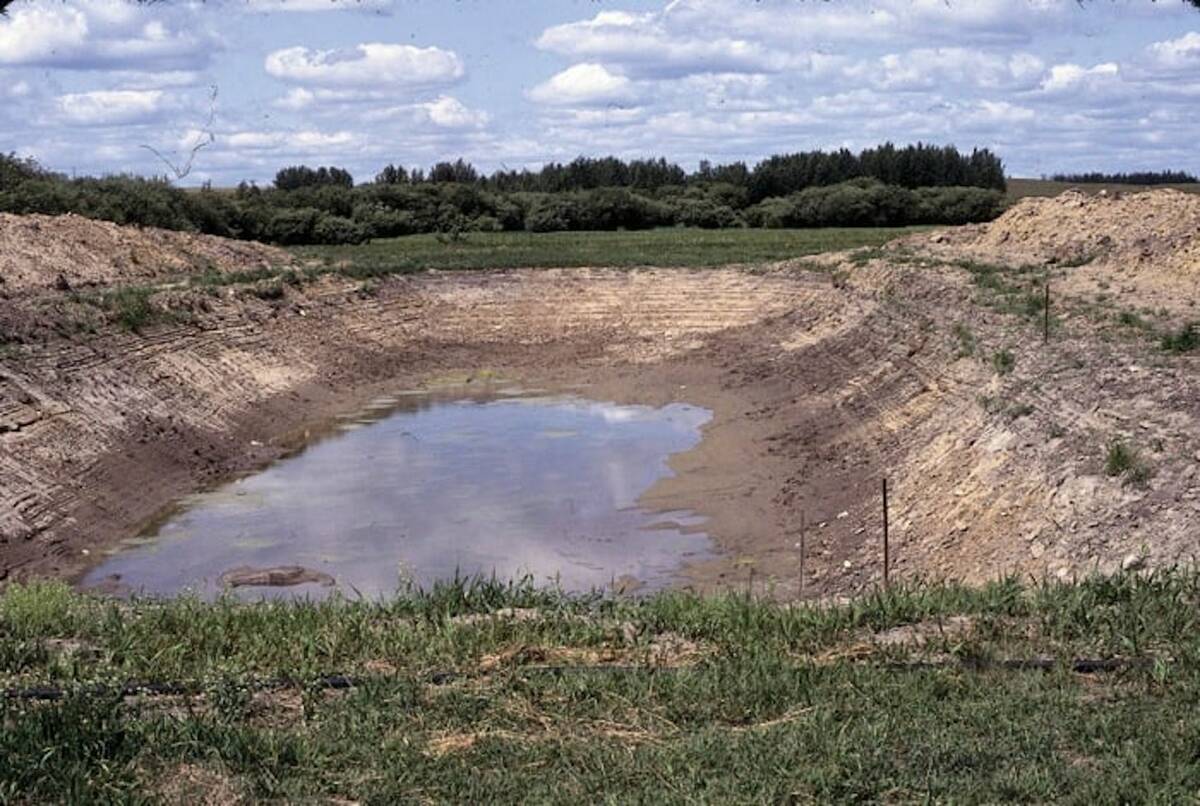Springtime not only welcomes a new calf crop, but it is also bull sale season, with consignment or private sales scheduled every day of the week.
More producers are responding to a hot commercial cattle market by thinking about replacing their old bulls and finding replacement females. Prices are reflecting the demand.
Sale managers’ reports show the market has improved considerably in the last two years with averages up by about $1,000 at many events.
“Everybody is pretty happy these days,” said Joanne Anderson of Bouchard Livestock at Crossfield, Alta.
Read Also

Dry summer conditions can lead to poor water quality for livestock
Drought conditions in the Prairies has led to an decrease in water quality, and producers are being advised to closely monitor water quality for their animals.
Rob and Gail Hamilton’s annual sale April 2 at their ranch near Cochrane, Alta, was an example of the renewed optimism.
The sale offered 110 Black Angus bulls and 30 replacement heifers with an average of more than $7,000. It could be one of Canada’s top purebred sales this year.
“It was the highest sale we have ever had,” said Rob Hamilton.
“With the price of calves the way it is today, the value of buying a good bull has increased as well.”
Eleven bulls sold for five figures with the top being HF Rebel 53X at $95,000. Named after their son’s junior hockey team, the Red Deer Rebels, the bull went to Stevenson Angus of Hobson, Montana, and two other American partners.
The second high seller is staying in Alberta, being sold to LLB Angus of Erskine for $51,000.
HF Thunderbird, named after their son Wyatt’s University of British Columbia team, fetched $30,000 from Poplar Meadows Angus owned by Frank and Dianne Stromboli of Topley, B.C.
The Hamiltons also offered 30 replacement heifers that averaged $4,000.
While the family’s bulls are often selected by some of the continent’s elite seedstock herds, they also have a wide commercial base.
“The Angus new standard is early gestation with low birth weight and high weaning weight,” Hamilton said. “It fits in with every commercial cattleman’s agenda.”

















